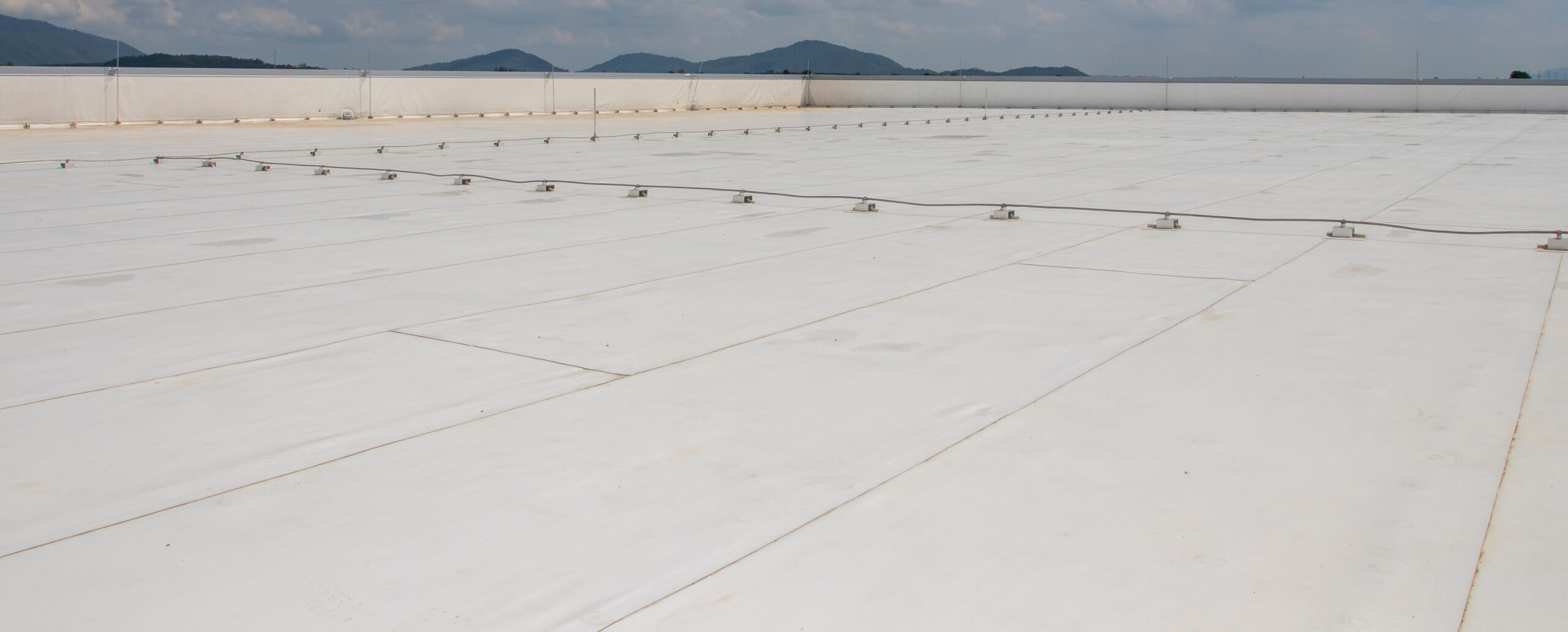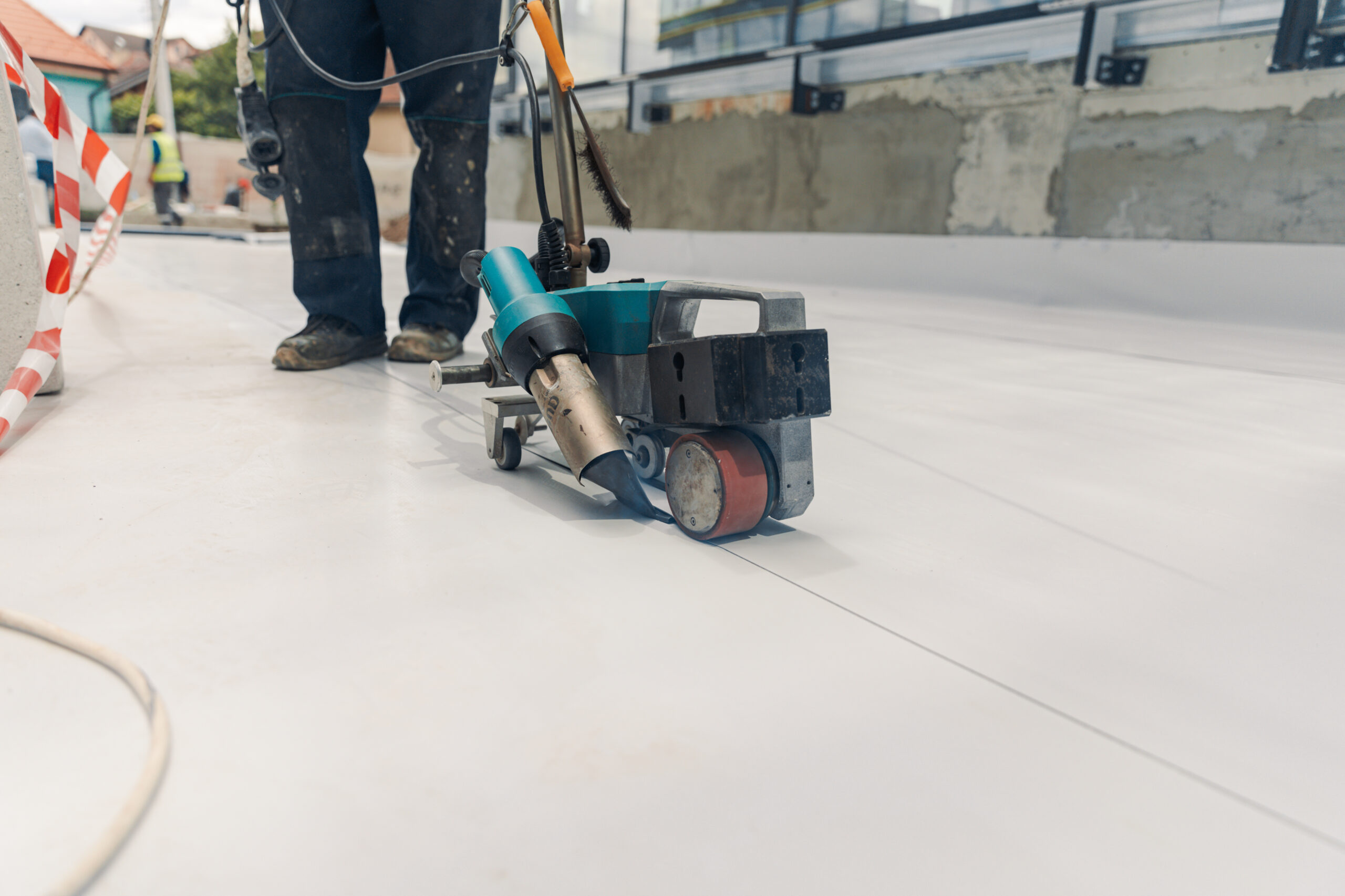PVC roofing systems are a time-tested and battle-proven system, first introduced in the US in the 1970s and often used on flat and low-slope roofs. It has some similarities to TPO, with the advantage being that it’s been around longer and the systems have been more refined. It also performs much better against corrosive chemicals like grease. Here in Arizona, PVC is a durable, reflective roof that is resistant to sunlight, heat, and UV rays. The cost of PVC roofing per square foot is slightly higher than TPO, but it still offers great warranties from manufacturers. It performs well in all areas of Arizona, from Tucson and Phoenix to the mountain regions of Prescott and Flagstaff.
ABOUT PVC

PVC Roof Arizona
THE PVC ROOFING SYSTEM IN ARIZONA

LIFESPAN AND WARRANTIES
ABOUT M&M ROOFING
M&M Roofing has been installing PVC low slope roof systems across Arizona since 1984. We service the entire state, including Tucson, the Phoenix metro (Queen Creek, Gilbert, Chandler, Phoenix, Tempe, Scottsdale, Glendale, Goodyear, Avondale, Peoria, and outlying areas), Prescott, Flagstaff, Kingman, and everywhere in between. Give us a call to schedule a free consultation.
Frequently Asked Questions
Yes, PVC is an excellent roofing material, particularly for flat and low-slope roofs. It offers durability, resistance to chemicals such as grease, and reflective properties that help with energy efficiency. PVC roofs are well-suited for the harsh climate conditions in Arizona, providing strong protection against sunlight, heat, and UV rays.
While PVC roofing is generally durable, it can have some issues, such as:
- Seam Failures: Improper installation can lead to seam failures where the membrane sheets are welded together.
- Shrinkage: Over time, PVC can shrink, potentially causing stress on the seams and fasteners.
- Chemical Incompatibility: PVC can be incompatible with certain chemicals not typically found on roofs, but still a consideration in specific industrial applications.
- Punctures: Although PVC is tough, sharp objects or heavy impacts can puncture the membrane.
Cost: The cost of PVC roofing per square foot is generally higher than other roofing materials, such as TPO.
A properly installed PVC roof can last between 15 to 30 years. The exact lifespan depends on the quality of the materials used, the installation process, and the environmental conditions it is exposed to. Regular maintenance can help extend the lifespan of a PVC roof.
The cost of PVC roofing per square foot is higher compared to some other roofing materials like TPO. However, the investment can be worthwhile due to its durability, long lifespan, and energy efficiency. Additionally, the maintenance costs are often lower over time, and warranties can provide added peace of mind.

